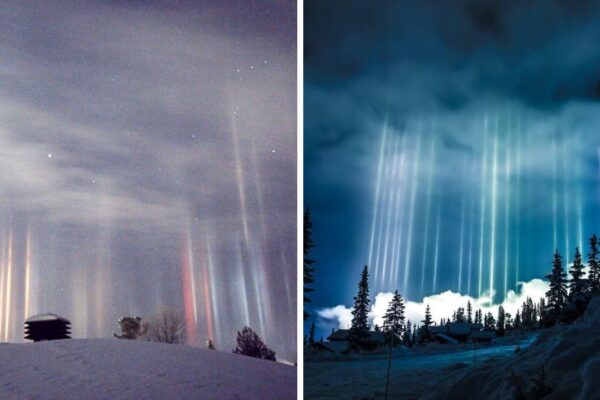
Photographer Captures Amazing Light Pillars In Northern Ontario (25 Pictures)
One quiet, starry night in Northern Ontario, a small voice pierced the stillness. It was 1:30 in the morning, and photographer Timothy Joseph Elzinga had been deep in sleep, but his two-year-old son, Gibson, had other plans. The young boy, with his innocent curiosity, had noticed something extraordinary happening outside their window. He couldn’t quite…








